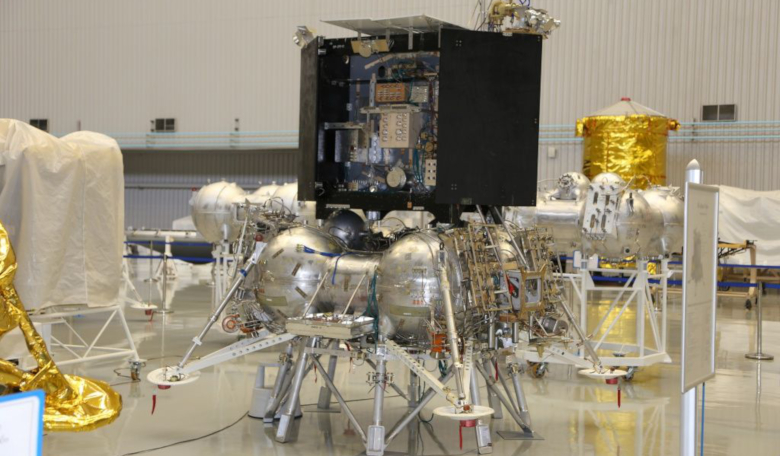Russia has announced that its up and coming mission to the Moon, Luna-25, the country’s first mission to the Moon’s surface in 45 years, has been postponed until May 2022 at the earliest due to "problems" encountered with the spacecraft during crucial tests.
"The launch of the Luna-25 automatic inter-planetary station from the Vostochny Cosmodrome has been specified and scheduled for the second possible ‘launch window’ in May 2022," Roscosmos told Russian News Agency site, TASS, last week.
Initially scheduled to launch in October on a Soyuz-2-1b Fregat rocket, little has been released about the problem, other than it involves the landing system.
"We have encountered certain problems during testing," said Alexander Shirshakov, chief engineer at Russian aerospace company NPO Lavochkin.
"A safe landing system is of crucial importance and we are working on Luna-25's soft landing system," Shirshakov said during an interview with Russian Independent news agency, Interfax, adding that "more time" was needed to complete successful trials.
Following the postponement, an earlier launch window in February 2022 was considered says Roscosmos Chief Dmitry Rogozin, but was ruled out as it required complex orbital manoeuvres.
When eventually ready, Luna-25 will become Russia’s first domestic spacecraft in its post-Soviet history to head to the Moon.
The last was Luna-24 in 1976. Aside from being the last lunar spacecraft to be launched by the Soviet Union, it was also the last spacecraft to make a soft landing on the Moon until the landing of China's Chang'e 3 on 14 December 2013, 37 years later.
Luna-24 returned 170.1 g (6.00 oz) of moon samples to the Earth in August 1976, a gram of which was later swapped for a lunar sample from NASA in December the same year.
While also equipped with a soil-sampling robotic arm, Luna-25 will also carry a camera as part of its 30 kilogram science payload, to image the terrain.
According to OIP, a subcontractor for Airbus Defense Space, the camera will be testing technology for the future joint ESA-Russia Luna Resource mission (Luna-27), slated to launch three years after Luna-25.
Dubbed the Camera Optical Unit (COU), the prototype will get real, in situ image data which will be used to provide a visual navigation and hazard avoidance system to safely land on the lunar surface.
The Luna-27 lander will fly to a challenging landing site closer to the lunar south pole using a European system called Pilot as its main navigation system.
Its main goal is to study the composition of the soil in the area, especially its water content.
Studies suggest there may be concentrations of frozen water at or below the surface that could be used to create oxygen or fuel for the construction of lunar habitats.











